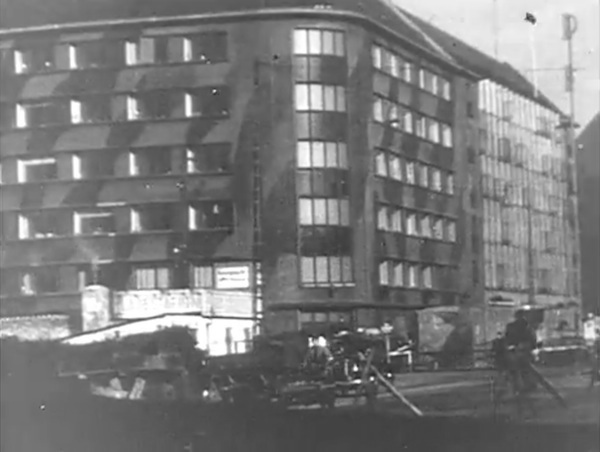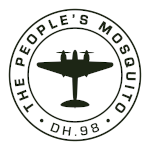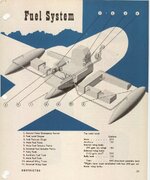wuzak
Captain
The only RAF Mustangs I have ever read about doing escort were those that escorted the attack on Shell house in 1945.
Mustang IIIs were used on the Shelhouse raid.

Operation Carthage - The Shell House Raid - 21st March 1945 - The People's Mosquito
By the end of 1944 the Danish resistance movement in Copenhagen was in danger of being wiped out by the Geheime Staatspolizei (Gestapo). Many of their leaders were arrested and a lot of material was filed in the Gestapo archives in the Shell House (Shellhus in Danish) which was located in...
 www.peoplesmosquito.org.uk
www.peoplesmosquito.org.uk
20 Mosquitoes from RAF 2nd TAF (Tactical Air Force) escorted by 28 Mustang Mk. IIIs from the 11th Group

